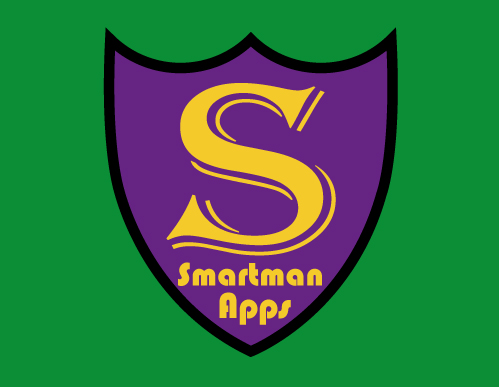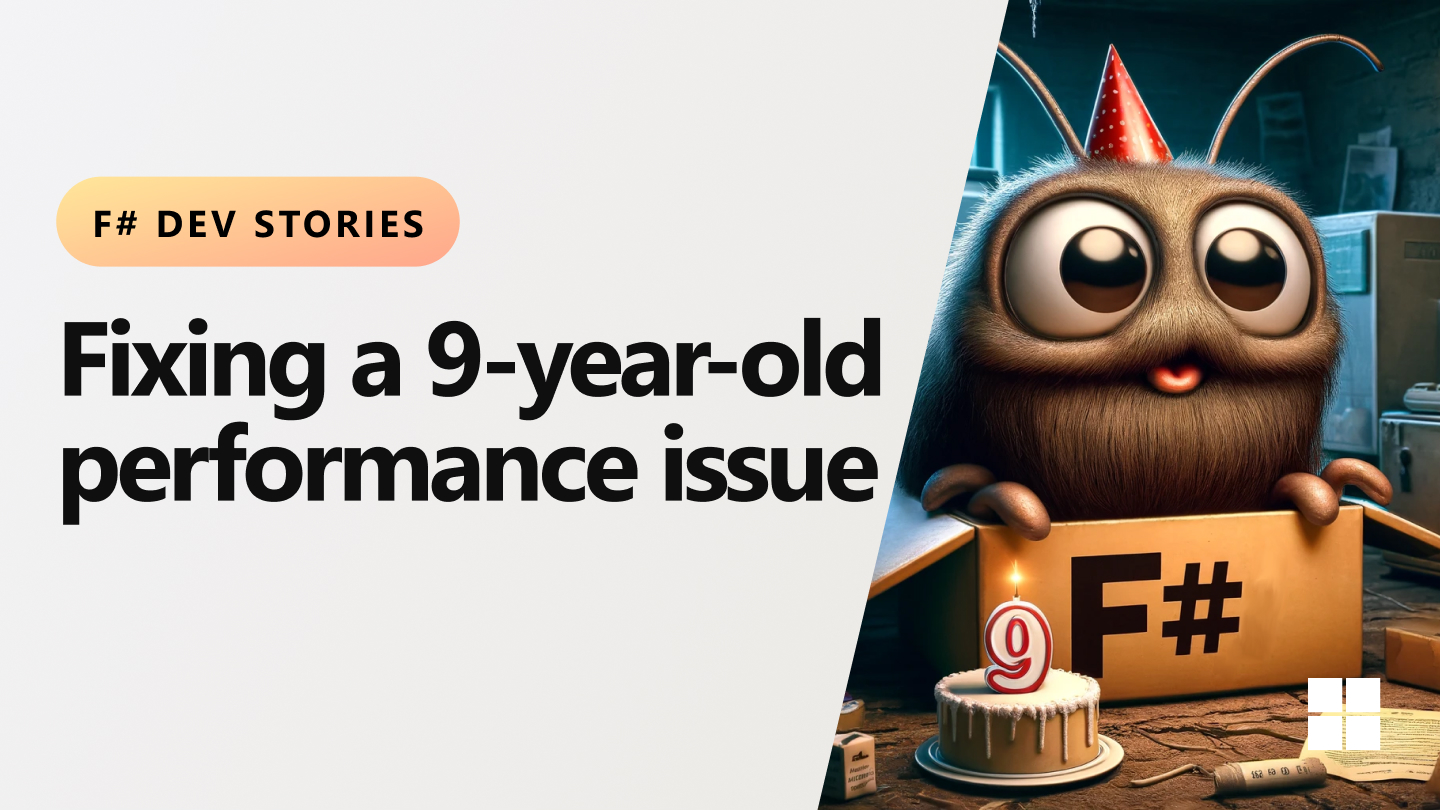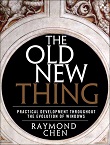💡𝚂𝗆𝖺𝗋𝗍𝗆𝖺𝗇 𝙰𝗉𝗉𝗌📱
- 9 Posts
- 112 Comments

 1·4 months ago
1·4 months agoNo problem. Feel free to ask me questions.

 72·4 months ago
72·4 months ago…and riding a bike is easy. Now go watch some kids who have never ridden a bike before and see how that’s working out for them.

 2·4 months ago
2·4 months agoOh definitely! Different students have different learning styles - some learn by memorising rules (ROTE), some learn by understanding the rules (Constructivist), some are visual learners, some are better at learning in group activities, etc. - and we have to cater to them ALL, to keep them all engaged (here’s WHY we have this rule, here’s a video about it, here’s a group activity about it, here’s a worksheet to practise it). But I was referring to the TOOLS that we use with class. We can’t use a tool that the advanced students have no trouble with but the less adept students struggle with - we have to use a tool that the whole class can use, and that’s what I meant about catering to the lowest common denominator.
Also some (not all) schools have special classes for gifted and talented (G&T) students. And in fact one class I’ve had in my time is a class which was comprised of half the students had various learning difficulties (such as being dyslexic), though they weren’t told that (these days it’s all about trying to keep them in the mainstream as much as possible. So in this class the dyslexic student had a regular student sitting next to him for immediate help with reading anything, which left me free to only need to help him with actual educational issues).

 2·4 months ago
2·4 months agoMy first language was Basic, and Pascal is definitely better than that as a first language (it’s what it was designed for).

 1·4 months ago
1·4 months agoThat’s silly
Agreed.
This was at a university
As I said elsewhere, I had a much more sensible approach when I went to Uni - we learnt Pascal in first year, and then did OOP in second year, which follows the tradition of only teaching one concept at a time.

 5·4 months ago
5·4 months agoWell, I’m only speaking here for my experience with teaching the U.K. curriculum, but probably the same thing applies elsewhere. I know this much - as a teacher, it’s very frustrating!

 2·4 months ago
2·4 months agoOh! I just remembered this video. If you wanna know how students can struggle with pseudo code, watch the video. I use this video when I teach algorithms (students are even worse at that than pseudo code).

 7·4 months ago
7·4 months agoIt looks like pseudo code
P.S. as a teacher, I can tell you I have seen students who even struggle to write pseudo code. It’s like trying to teach them Greek (not all students, but some, and we need to cater to the lowest common denominator).

 4·4 months ago
4·4 months agoAs it is, when we had to teach them HTML, the resources we were given were using PHP at the same time, so I scrapped that and just taught them HTML myself. We never teach more than one concept at a time, so I don’t know how these other things found their way into the curriculum/resources.

 9·4 months ago
9·4 months agoI just replied to someone else with the same question. Less can go wrong (but in either case a non-OOP language, like Pascal, is a much better starting point. You should only ever teach students one concept at a time).

 284·4 months ago
284·4 months agoI, as a teacher, have had to learn several languages, but that’s not the dumb reason bit. The dumb reason bit was WHY I had to teach Python, which once I learnt it (so I cold teach it) I could see right away was NOT a suitable language for teaching to Year 7 (who up to now have only used Scratch). I was teaching the U.K. curriculum, and I found out that teaching C# was also allowed - still not ideal, but better than Python for learners -but pretty much all schools were teaching Python. When I dug into it I found I was far from alone in not wanting to use Python… and I also found out the reason schools were teaching Python. It was because from an ADMINISTRATIVE point of view it was much easier for the schools to have us teaching Python. In other words, the office-workers who didn’t have to teach it, only had to admin it, were forcing everyone to teach Python because they wanted the lower overhead that came with installing/maintaining that vs. C#. ARGH! All the teachers who wanted to teach C# were running into exactly the same road-block.
10x = 0.999… + 9 (true by algebraic manipulation)
No, you haven’t shown that, because you haven’t shown yet that 9x=9. Welcome to why this doesn’t prove anything. You’re presuming your result, then using it to “prove” your result.
What we know is that the right hand side is 10 times 0.9999…, so if you want to substitute x=0.99999… into the right hand side, then the right hand side becomes 10x (or 9x+x)… which only shows what we already know - 10x=10x. Welcome to the circularity of what you’re trying to achieve. You can’t use something you haven’t yet proven, to prove something you haven’t yet proven.

 11·5 months ago
11·5 months agoAccording to me, talking about the origin of the 0.999…
Right. So not according to the meme, which doesn’t tell us where the 0.999… comes from. Nor the 1 - could be an integer, floating point, or an estimation. Thanks for playing.
And if you don’t then you can no longer claim they are still equal.

 11·5 months ago
11·5 months agoyou can substitute anywhere
And if you are rearranging algebra you have to do the exact same thing on both sides, always
This isn’t about limits of accuracy
According to who? Where does it say what it’s about? It doesn’t.
please show me how basic arithmetic can make 0.999
You still haven’t shown why you’re limiting yourself to basic arithmetic. There isn’t anything at all in the meme to indicate it’s about basic arithmetic only. It’s just some Maths statements with no context given.
then a correct use of the system must be applicable to everything, right?
Different systems for different applications. Sometimes multiple systems for one problem (e.g. proofs).
You shouldn’t need a new system like algebra to be correct, right?
Limits of accuracy isn’t algebra.

 2·5 months ago
2·5 months agoVersion 5 of a software, device, vehicle or such isn’t necessarily better than version 4
Yep, I can attest to that! I used to play Minesweeper Adventure version. Then Microsoft decided to do a complete rewrite and literally ruined the game. It was way slower and way buggier, and on top of that they also lost all my progress. So, well done Microsoft - now instead of seeing more ads (which was undoubtedly why they did the rewrite) I now don’t see ANY ads (because the game is just horrible now and not worth playing anymore, even if it didn’t have any ads!).

 11·5 months ago
11·5 months agonot taught yet
What do you mean not taught yet? There’s nothing in the meme to indicate this is a primary school problem. In fact it explicitly has a picture of an adult, so high school Maths is absolutely on the table.
There is no method by which basic arithmetic and decimal notation can turn 0.999… into 1.
In high school we teach that they are the same thing. i.e. limits of accuracy, 1 isn’t the same thing as 1.000…, but rather 1+/- some limit of accuracy (usually 1/2). Of course in programming it matters if you’re talking about an integer 1 or a floating point 1.
If someone uses these systems as they were taught, they will get told they’re wrong for doing so
The only people I’ve seen get things wrong is people not using the systems correctly (such as the alleged “proof” in this thread, which broke several rules of Maths and as such didn’t prove anything), and it’s a teacher’s job to point out how to use them correctly.





Yes, the correct sequence of events - one thing at a time, basic programming, then OOP. :-)
It’s not a lot of things, which makes it poor for a teaching language.